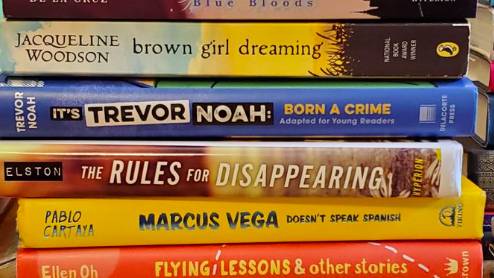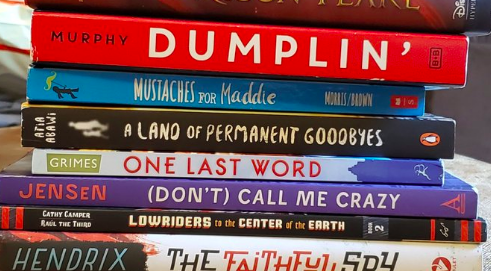 Something I know for sure…
Something I know for sure…
In 2014 Oprah Winfrey published What I Know for Sure (a fabulous read) stemming from a question she was asked by film critic Gene Siskel. It took her 14 years to come up with answers to that very question. In 2016 Rainn Wilson (otherwise known infamously for his role as Dwight Shrute) published his own musings in reference to this prompt in his autobiography entitled The Bassoon King (also a fabulous read). Winfrey and Wilson focused on, well, what they felt they knew for sure. And of course, they are both brilliant and produced brilliant pieces of wisdom written brilliantly and of course packaged just as brilliantly in their respective pieces. Our team of educators felt this would be a great place to begin our 2020 blogging.
What I know for sure.
When I was a wee lass, my mom would buy me book after book. The rule in the house was that if you are willing to read the book, she was willing to buy it. This would be risky business these days as I can’t get enough of books (I could go broke with my book love)…but back then, I wasn’t really a reader. (Whhhhaaaaat? But, but, but you’re an ENGLISH teacher–I know, I know; it seems like I am breaking the law with even admitting that). Periodically, I would get books from my mom, most notably being Harper Lee’s To Kill a Mockingbird and Charles Dickens’ A Tale of Two Cities and John Knowles A Separate Peace. When I turned 30 I received a complete set of Harvard Classics. For Christmases over the years I have received Jane Austin novels, The Bronte sisters’ works, and of course a favorite of mine, The Autobiography of Mark Twain Vol. 1. Along with these sets of books and novels, I heard her quote from various works. She seemed to have at least a page of each novel memorized and could recall it back without much effort. An English major in college herself, and a woman who could read a book every couple of hours, My. Mom. Knew. Books.
Sadly, I didn’t read them when she gave them to me. Instead, they sat on my shelf until I  was a teacher. (The hits just keep coming, first I admit I wasn’t a reader, and then I admit that I didn’t read some of the greats…what other English crimes will I reveal…I also can’t spell worth a darn, LOL). During my first year of teaching, I was tasked with reading all of these books my mom had been talking about. So, not only did I have to read them, but I had to impart my wisdom on them, which is no easy task as a first year teacher.
was a teacher. (The hits just keep coming, first I admit I wasn’t a reader, and then I admit that I didn’t read some of the greats…what other English crimes will I reveal…I also can’t spell worth a darn, LOL). During my first year of teaching, I was tasked with reading all of these books my mom had been talking about. So, not only did I have to read them, but I had to impart my wisdom on them, which is no easy task as a first year teacher.
Fast forward to my close to 45 year old self. What I know for sure…my mom didn’t pick those books for me or talk about those books with me because they were just good books that people should have some knowledge in. She picked them because she loved them, and she loved me. I saw and still see pieces of her in those books that she gave me specifically. I see her in Sydney Carton; I see her in Atticus and Scout Finch. I hear her words of warning in 1984, Brave New World (which she hated), The Lord of the Flies. And I see her and hear her in Thoreau’s Civil Disobedience and Walden.
 What I, Kristina Zakrzewski, know for sure is this…when a moment arises that we think of someone with a book, a quote, a movie, a show, a meme (oy, yes, I am a lover of memes), a clip, a song, we should disperse this to the person or persons who come to mind. (What my mama did for yours truly). When I hear a song that reminds me of my husband and children, I send it to them. When I see a funny meme that reminds my of my very valued, treasured and extremely goofball friends, I send it to them. When I am reading a book, I am constantly thinking, who can I pass this on to. Who would love this, who needs this, who do I see in this? These are pieces of ourselves that we can share with others. And these are pieces of ourselves that we can see in others. It’s these pieces that show that we value them, we see value in them, and we are there for them. And that value can make change in the world, can inspire others in the world, can be what gets that person through the day, the week. It can exclaim, “Hey, you, you there, you are not alone. I see you. And I am here for you.” This, this is the gift I was given through the years with my mom. It was through her quotes, her book suggestions that she showed that I was important. And this is what we should show our students, our peers, our families as often as we can.
What I, Kristina Zakrzewski, know for sure is this…when a moment arises that we think of someone with a book, a quote, a movie, a show, a meme (oy, yes, I am a lover of memes), a clip, a song, we should disperse this to the person or persons who come to mind. (What my mama did for yours truly). When I hear a song that reminds me of my husband and children, I send it to them. When I see a funny meme that reminds my of my very valued, treasured and extremely goofball friends, I send it to them. When I am reading a book, I am constantly thinking, who can I pass this on to. Who would love this, who needs this, who do I see in this? These are pieces of ourselves that we can share with others. And these are pieces of ourselves that we can see in others. It’s these pieces that show that we value them, we see value in them, and we are there for them. And that value can make change in the world, can inspire others in the world, can be what gets that person through the day, the week. It can exclaim, “Hey, you, you there, you are not alone. I see you. And I am here for you.” This, this is the gift I was given through the years with my mom. It was through her quotes, her book suggestions that she showed that I was important. And this is what we should show our students, our peers, our families as often as we can.
This is the legacy that I will forever value from my mom, and what I plan to pass on to the people in my life as I go through this great a wonderful journey…this…this I know for sure. 
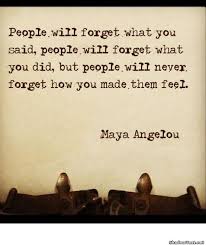

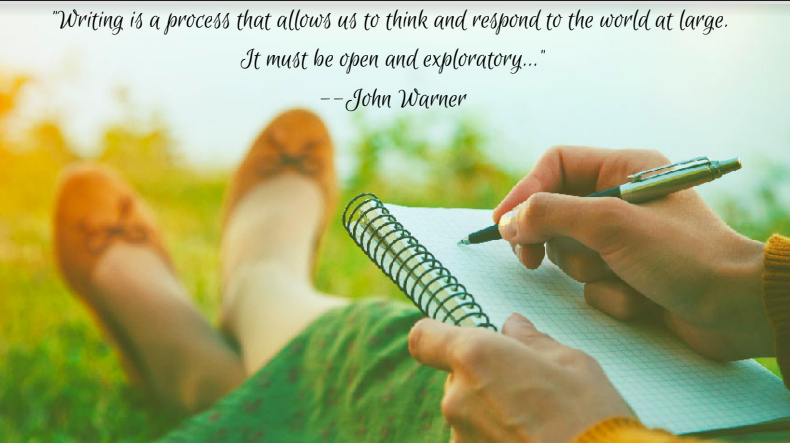 I recently read a book that I’ve been thinking about often and sharing with anyone who will listen to me:
I recently read a book that I’ve been thinking about often and sharing with anyone who will listen to me:  If you can’t tell, I enjoyed
If you can’t tell, I enjoyed 




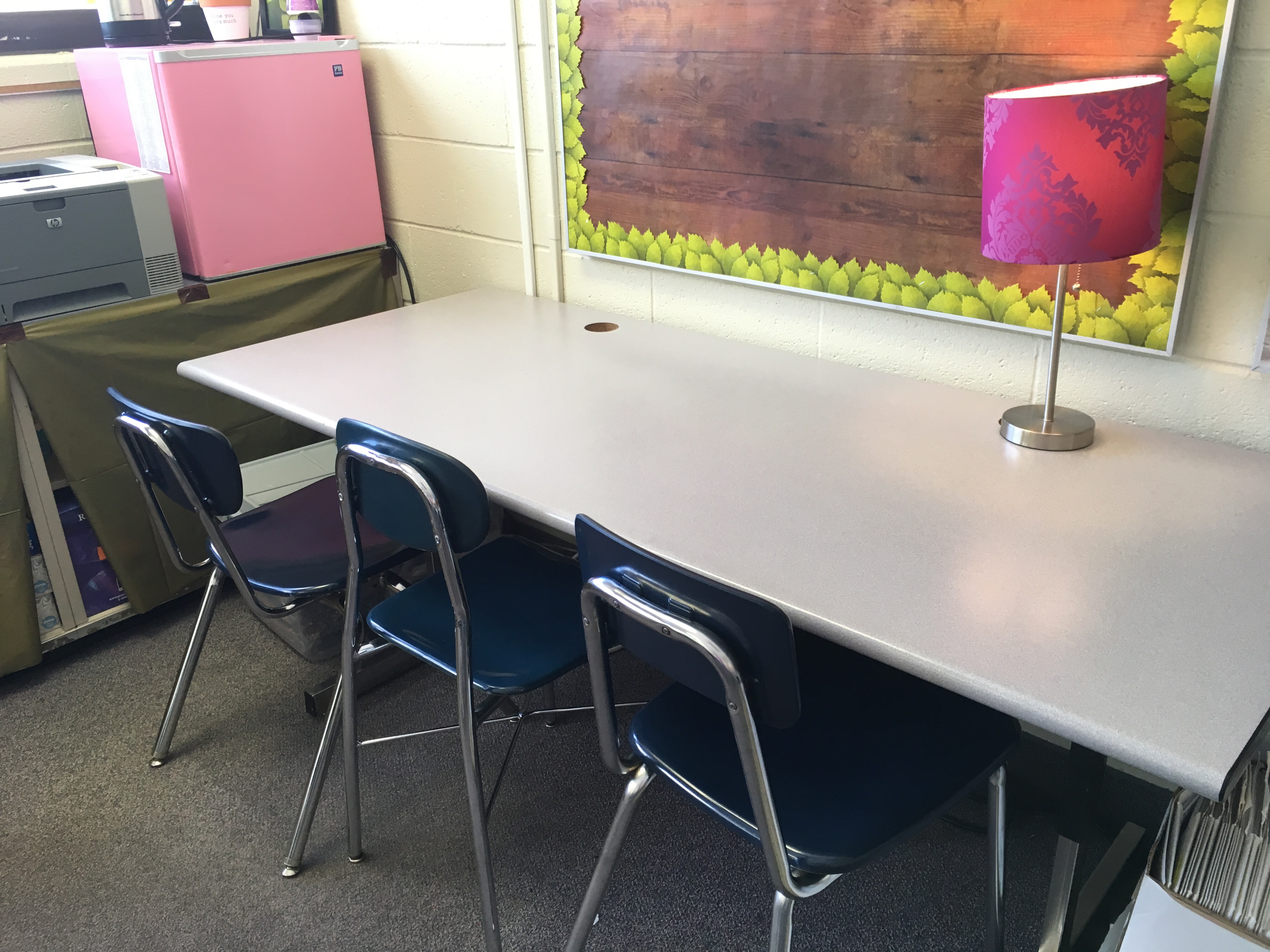



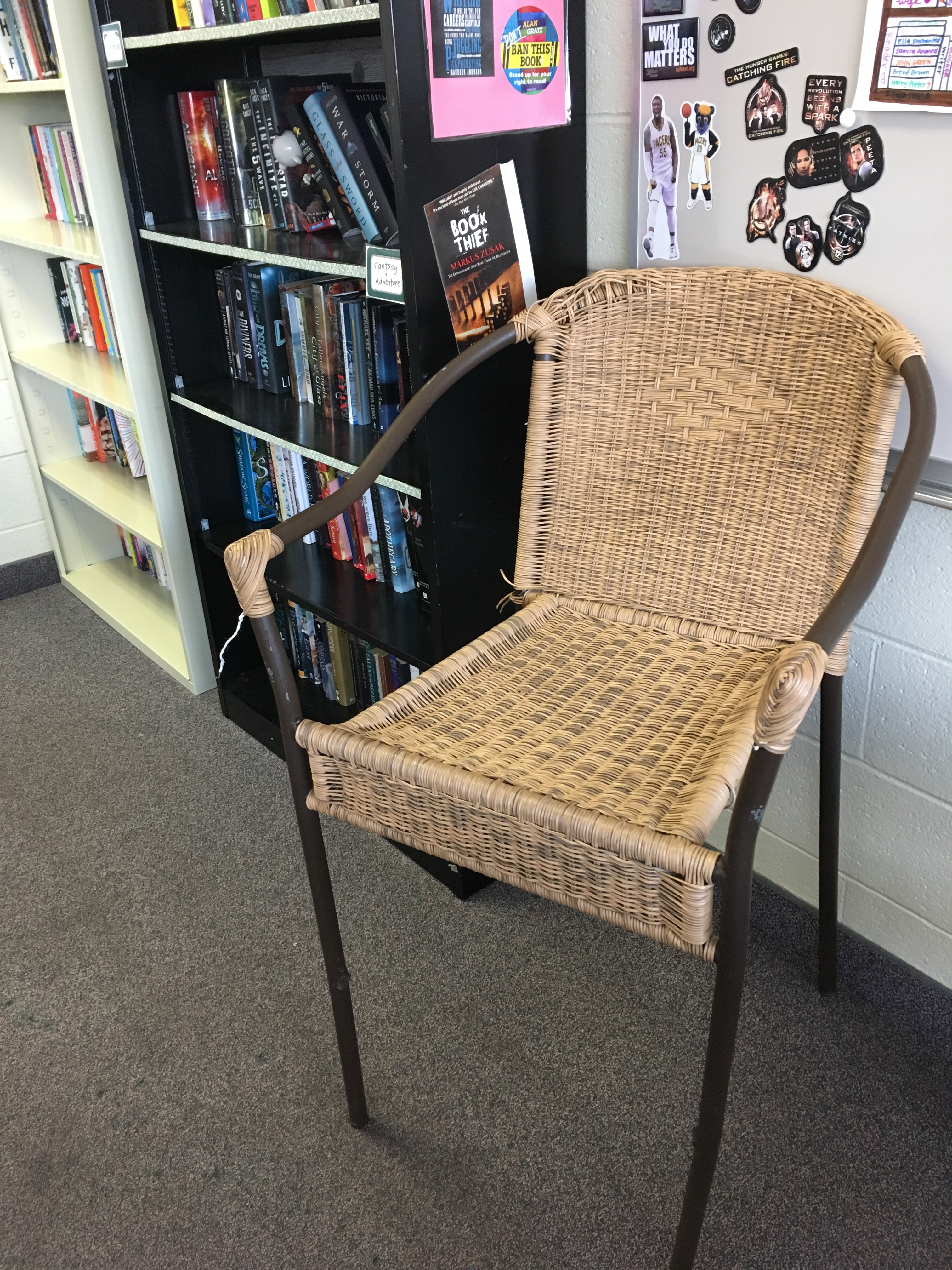
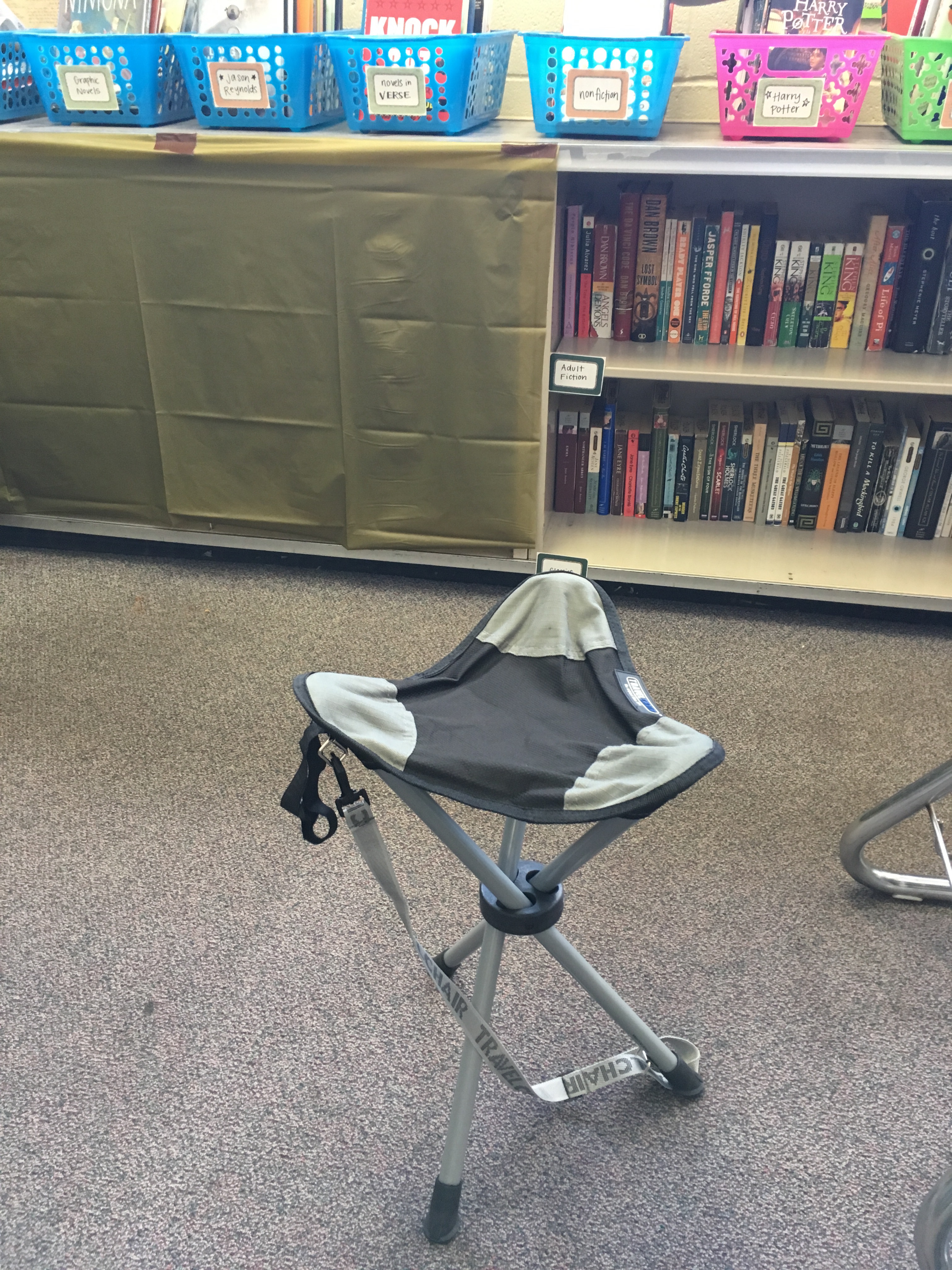

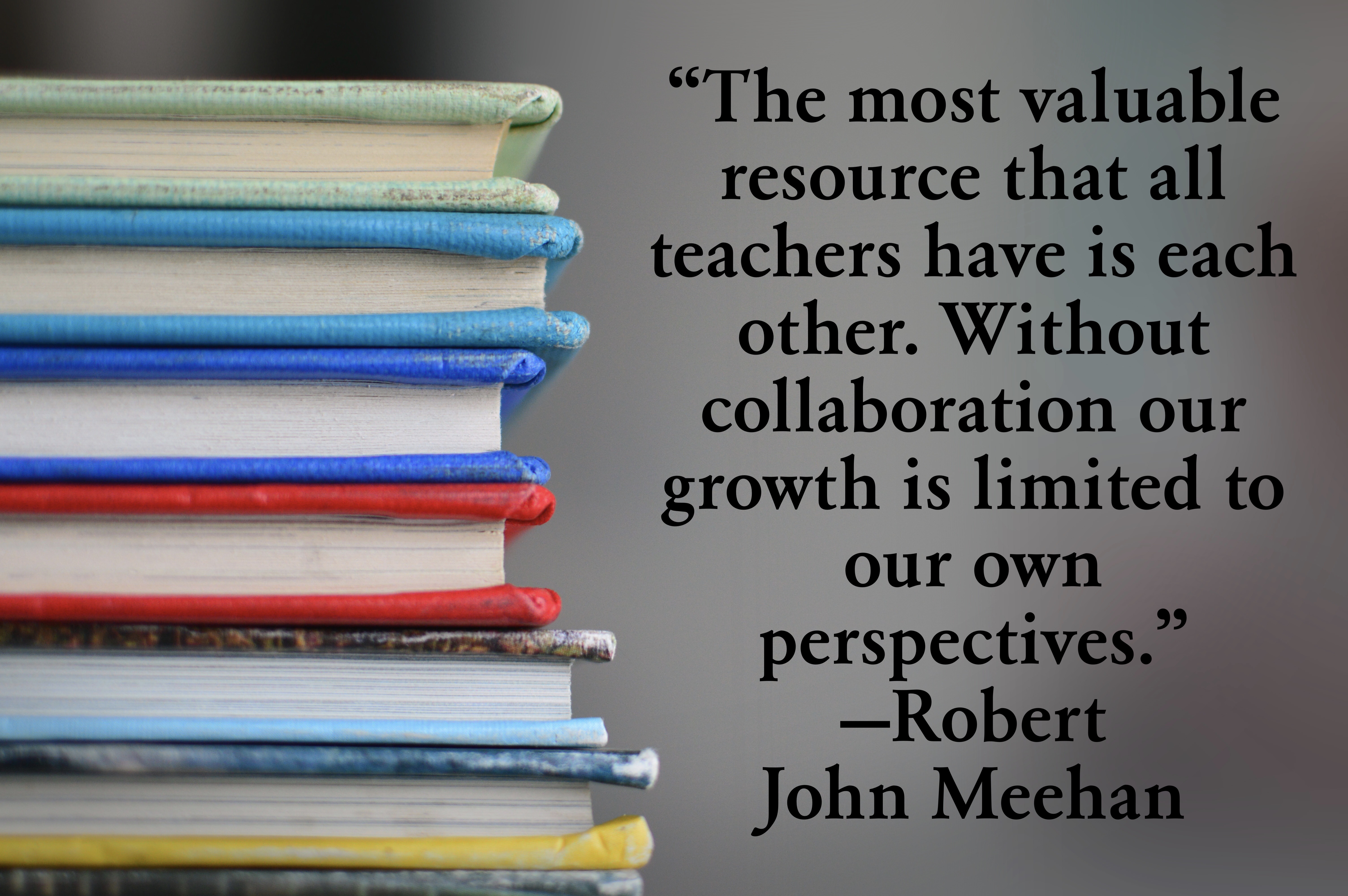

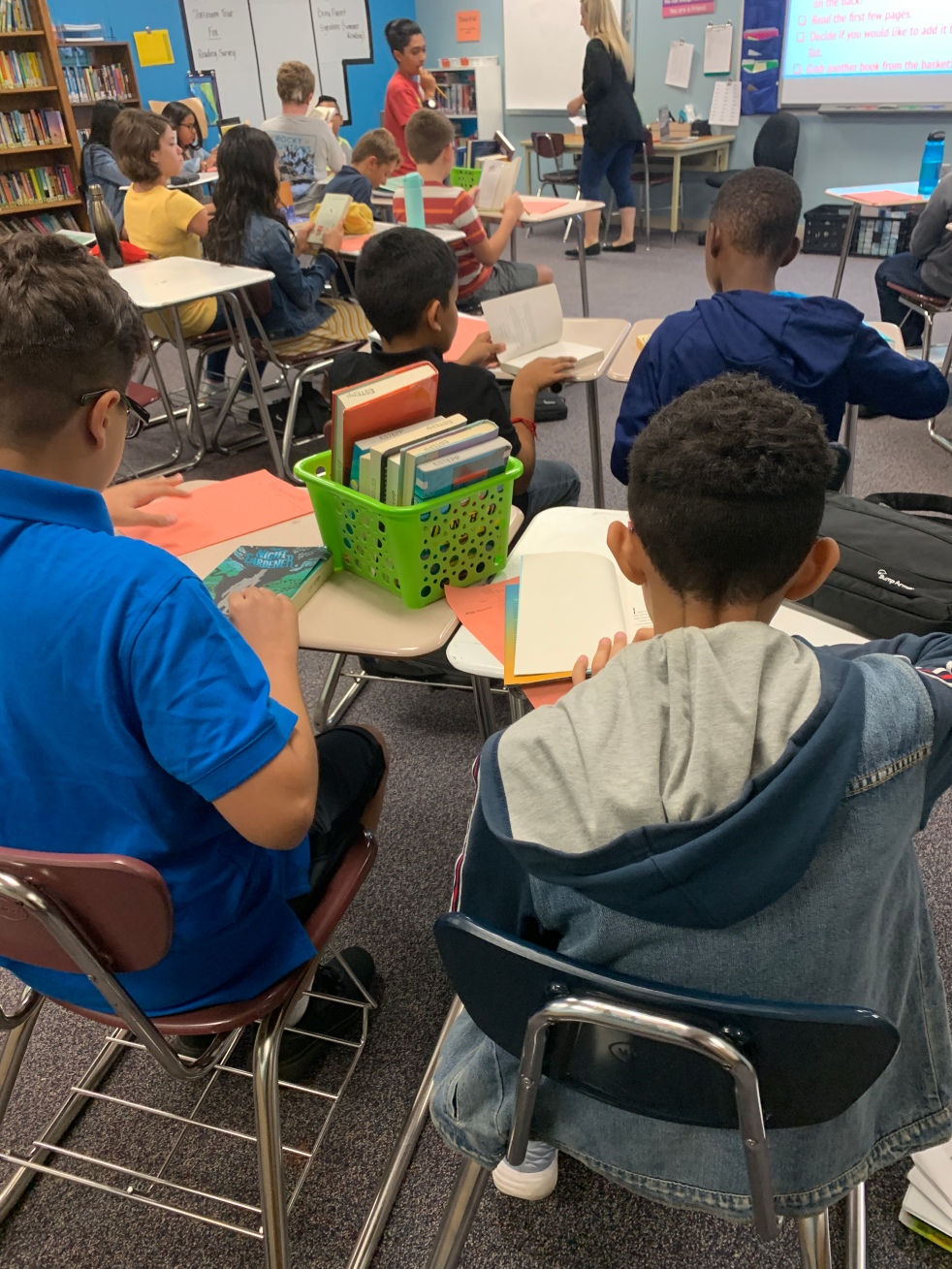
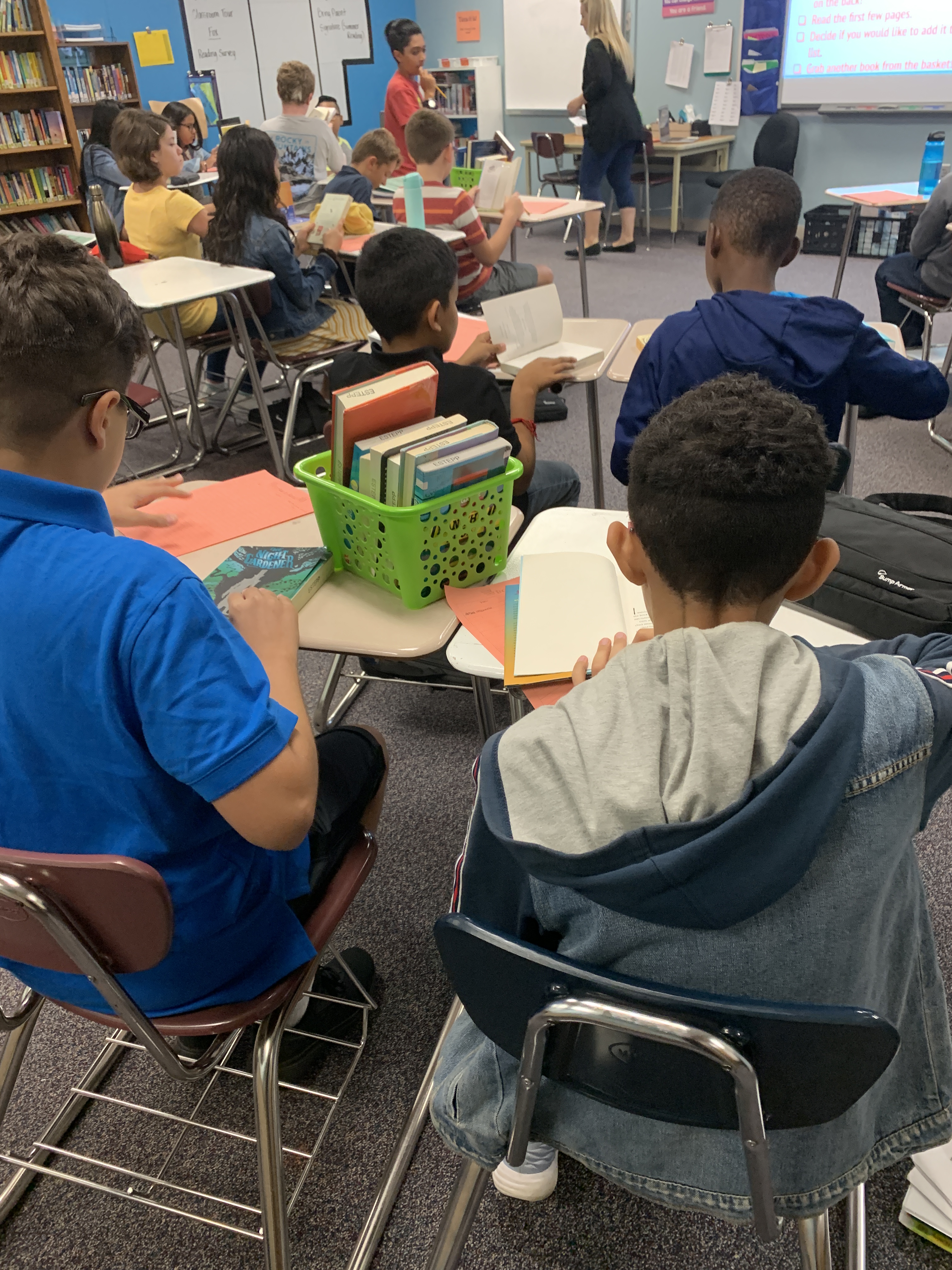 One of th
One of th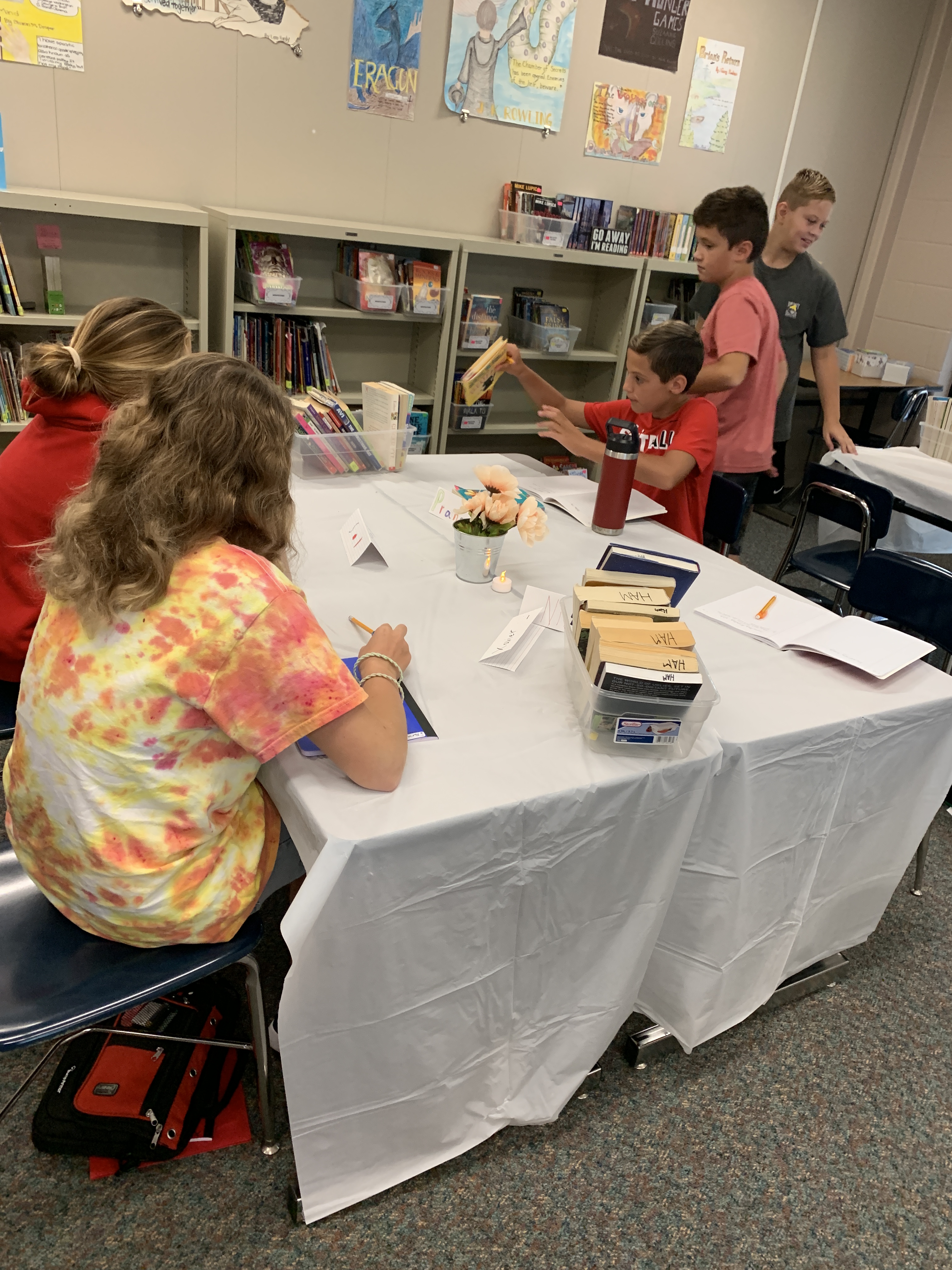 bookshelves and are being shared with students in order to support ALL students finding books that are right for them. I was privileged to attend NerdcampMI this summer and to hear from so many authors, teachers, and librarians who were champions for children and for diverse and inclusive book titles in our school libraries and classrooms. I wish that I co
bookshelves and are being shared with students in order to support ALL students finding books that are right for them. I was privileged to attend NerdcampMI this summer and to hear from so many authors, teachers, and librarians who were champions for children and for diverse and inclusive book titles in our school libraries and classrooms. I wish that I co